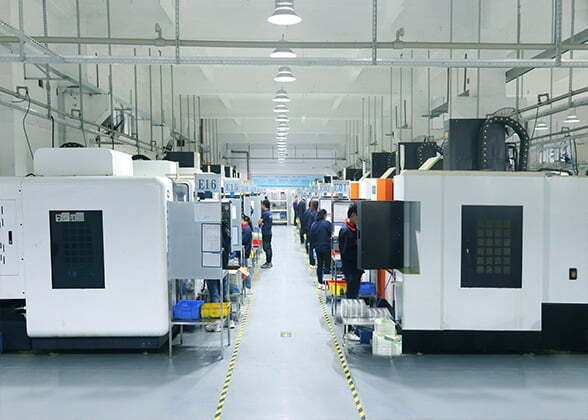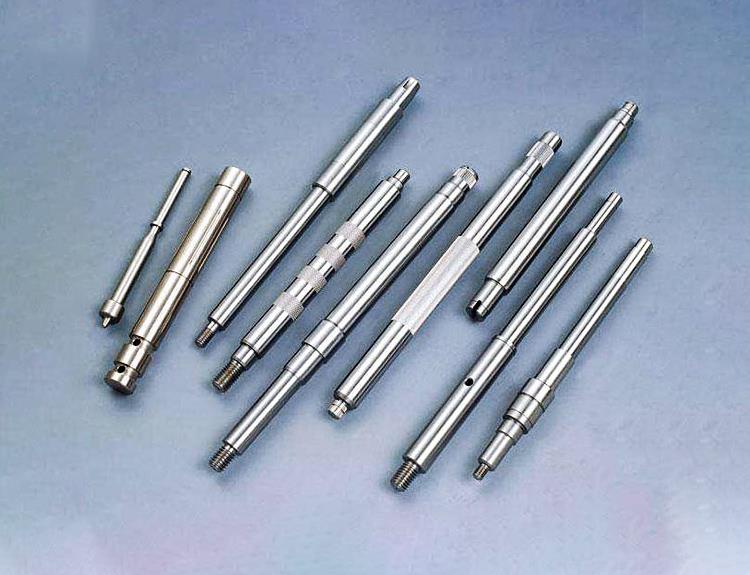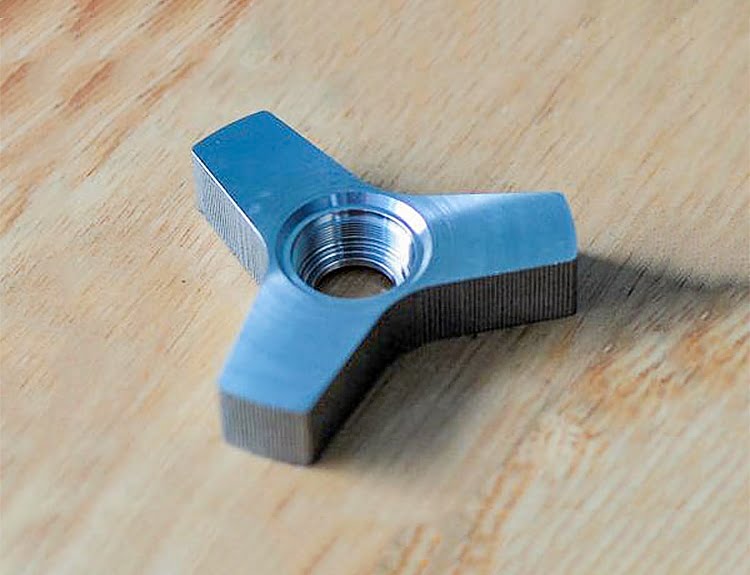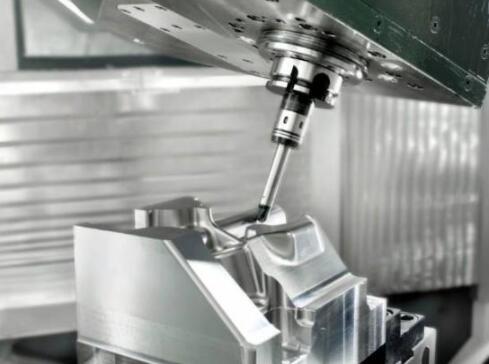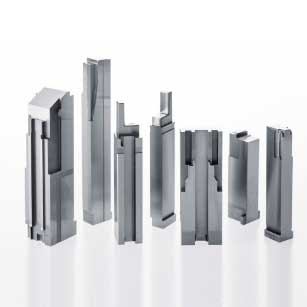Table of Contents:
- Introduction
- 5 Axis Machining Techniques
- Advantages of 5 Axis Machining
- Applications of 5 Axis Machining
- Best Practices for 5 Axis Machining
- Conclusion
-
1.Introduction
5 Axis machining is a type of CNC machining that allows for greater precision, complexity, and flexibility in the manufacturing of parts and components. Unlike traditional machining, which typically operates on a three-axis system, 5 Axis machining involves the simultaneous movement of the cutting tool along five different axes, allowing for more intricate shapes and geometries to be created.
The development of 5 Axis machining can be traced back to the 1950s, when researchers began exploring ways to improve the accuracy and efficiency of machining processes. Over the following decades, advances in technology and materials led to the refinement and commercialization of 5 Axis machining, which is now widely used in industries ranging from aerospace and defense to medical device manufacturing and beyond.
-
2.5 Axis Machining Techniques
Outsourcing 5 Axis machining services can provide a range of advantages for businesses looking to streamline their manufacturing processes and improve their bottom line. Some of the key benefits include:
- Access to specialized expertise and equipment: Outsourcing to a 5 Axis machining service provider gives businesses access to highly skilled technicians and engineers, as well as state-of-the-art equipment and technology that they may not have in-house.
- Cost savings and increased efficiency: By outsourcing 5 Axis machining services, businesses can avoid the high costs of investing in and maintaining their own equipment and facilities. Outsourcing can also help to reduce lead times and improve production efficiency.
- Reduced risk and improved quality control: 5 Axis machining service providers typically have rigorous quality control processes in place to ensure that all parts and components meet the required specifications and standards. This can help to reduce the risk of errors, defects, and product recalls.
- Flexibility and scalability: Outsourcing allows businesses to quickly scale their production capacity up or down as needed, without having to invest in new equipment or facilities.
- Focus on core competencies: By outsourcing non-core activities like 5 Axis machining, businesses can focus on their core competencies and strategic priorities, such as product development, sales, and marketing.
-
3.Advantages of 5 Axis Machining
When selecting a 5 Axis machining service provider, there are several important considerations that businesses should keep in mind. These include:
- Industry experience and expertise: It is important to choose a service provider that has experience working in your industry and understands the specific requirements and standards for your products.
- Quality management systems and certifications: Look for a provider that has robust quality management systems in place, and that is certified to relevant standards such as ISO 9001 or AS9100.
- Equipment capabilities and capacity: Ensure that the provider has the necessary equipment and capacity to meet your production requirements, including the ability to handle complex geometries and materials.
- Communication and collaboration: Good communication and collaboration are essential for successful outsourcing. Choose a provider that is responsive, transparent, and willing to work closely with you to ensure that your needs are met.
- Pricing and lead times: While cost should not be the only consideration, it is important to choose a provider that offers competitive pricing and reasonable lead times for your projects. Be sure to compare multiple providers and consider the full range of costs and benefits associated with each option.
-
4.Applications of 5 Axis Machining
5 Axis machining services are used across a wide range of industries and applications. Some of the most common uses include:
- Aerospace and defense industries: 5 Axis machining is particularly well-suited to the manufacturing of complex parts and components used in aircraft, missiles, and other aerospace and defense applications.
- Automotive industry: 5 Axis machining can be used to produce a wide range of automotive components, including engine parts, transmission components, and chassis components.
- Medical device manufacturing: 5 Axis machining is used to produce precision medical components, implants, and instruments that require high levels of accuracy and surface finish.
- Mold and die making: 5 Axis machining can be used to create molds and dies for a variety of industries, including plastic injection molding, metal stamping, and casting.
- Prototyping and custom parts manufacturing: 5 Axis machining is well-suited to the production of prototypes and custom parts, allowing for fast turnaround times and high precision.
- Other industries and applications: 5 Axis machining is used in a wide range of other industries and applications, including electronics, energy, and consumer products.
-
5.Best Practices for 5 Axis Machining
When working with a 5 Axis machining service provider, there are several best practices that can help ensure a successful partnership. These include:
- Defining project requirements and specifications: Before beginning a project, clearly define your requirements and specifications, including tolerances, surface finish, and other critical features. This will help ensure that your provider understands your needs and can deliver the desired results.
- Establishing clear communication channels: Good communication is essential for successful outsourcing. Establish clear channels of communication and ensure that both parties are regularly updating each other on progress and any issues that arise.
- Regular quality control and inspection: Quality control is critical for ensuring that the parts produced meet your specifications. Establish a regular inspection schedule and work with your provider to ensure that quality control measures are in place throughout the production process.
- Maintaining a strong partnership: Building a strong partnership with your 5 Axis machining service provider can help ensure that you receive high-quality parts, delivered on time and at a competitive price. Work collaboratively with your provider, providing feedback and suggestions for improvement, and establish a long-term relationship based on trust and mutual respect.
- V1 Machining:As an experienced and professional machine shop specialized in CNC manufacturing for many years, V1 Machining is capable of precision 5 axis CNC machining services and 5 axis milling. Whether you are in need of high-quality and precise metal or plastic components, we can provide 5 axis machining parts to worldwide clients for a variety of industries including automotive, medical, military, aerospace, mechanical, machine tool, high-tech, and more, with excellent machining and programming skills, as well as 5 axis CNC machining center. Our engineers and machinists can perform true 5 axis machining services work and produce five axis machining parts with ease. No matter how complex the CNC machining parts, each step will be executed with a rigorous attitude, to deliver exceptional 5 axis machining components that demonstrate the highest quality standards. Even though any problems during the process, we’ll keep running the job and make adjustments until all the issues are addressed.
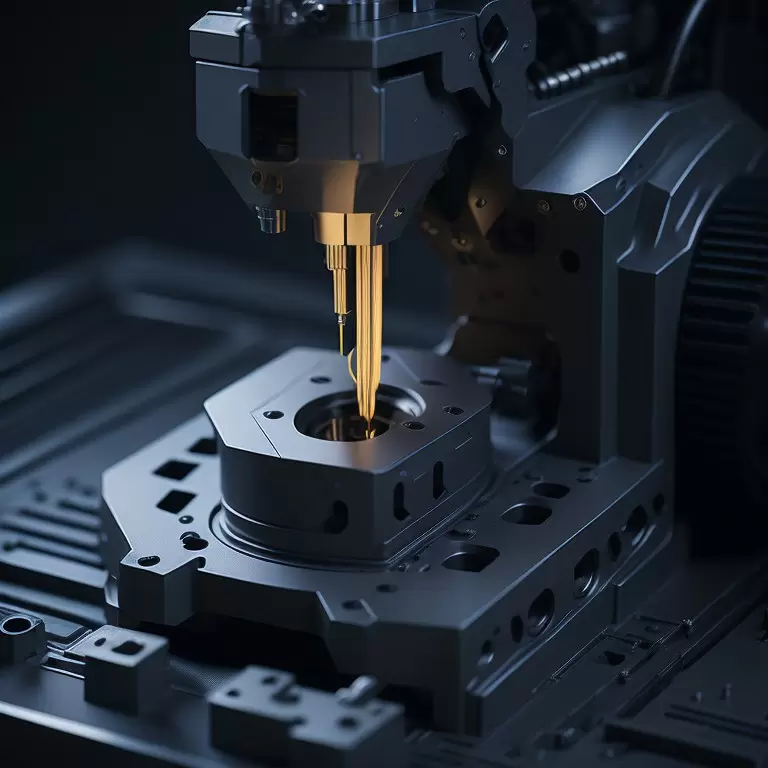
-
6. Conclusion
In conclusion, outsourcing 5 Axis machining services can offer a range of benefits, including access to specialized expertise, cost savings, improved quality control, and flexibility. When choosing a service provider, it’s important to consider their industry experience, equipment capabilities, and quality management systems. Best practices for working with a 5 Axis machining service provider include clearly defining project requirements, establishing clear communication channels, and regular quality control and inspection. As the demand for high-precision, complex parts continues to grow across a range of industries, the potential for outsourcing 5 Axis machining services is expected to increase, with new technologies and processes driving further innovation in the field.


